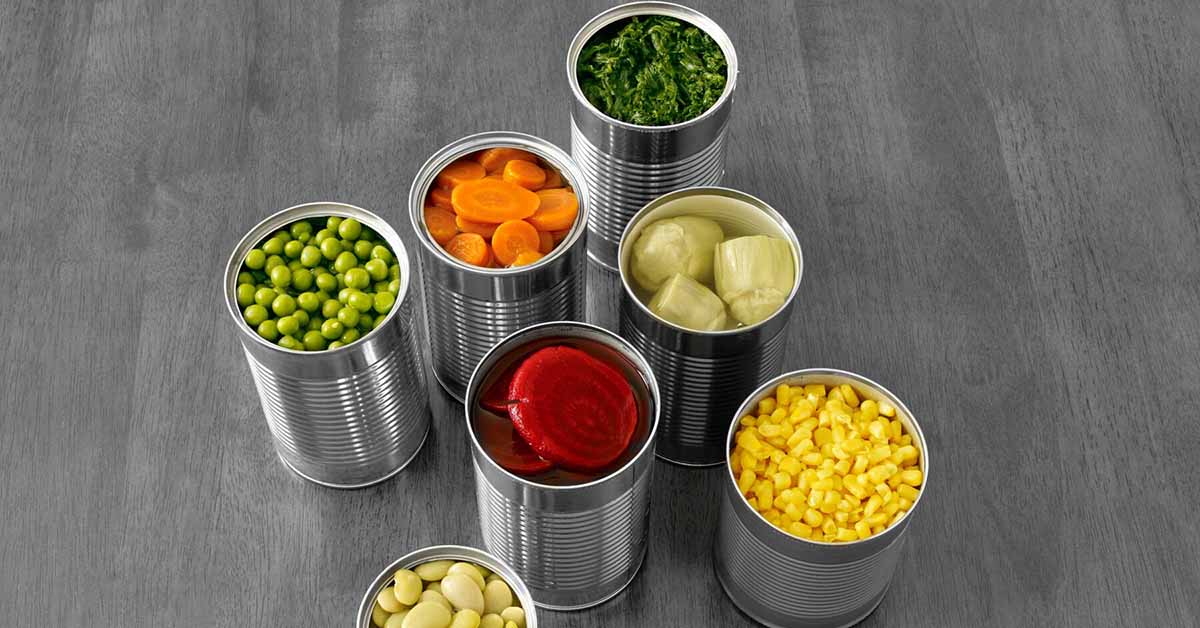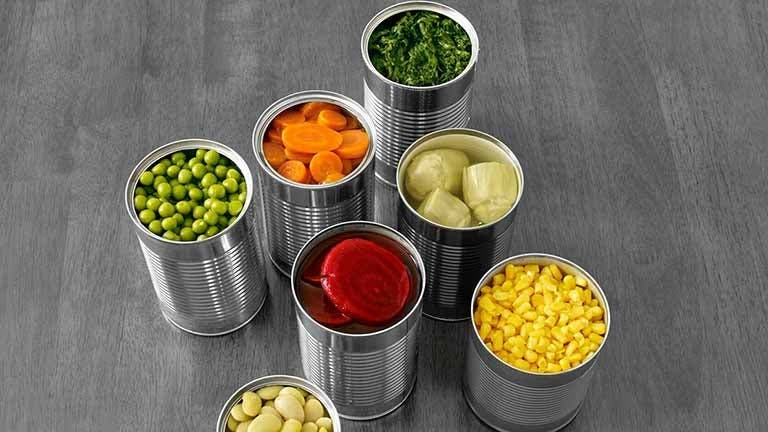9 new ways to use canned fruits and veggies


I’ll admit, I haven’t always been the biggest fan of canned produce. But with less frequent trips to the supermarket lately and a big effort on my part to eat more ZeroPoint™ foods, I’m starting to get creative—and starting to see canned fruits and veggies in a whole new light.
Used in the right types of recipes and preparation methods, these preserved picks really can (no pun intended) be culinary stars. Look for canned fruits and vegetables packed without added sugars, sauces, or other flavour additives apart from their natural juices. That way, when drained, they’re ZeroPoint foods.
Here are some simple, creative spins I’m loving right now:
Canned pumpkin in mac and cheese.
Pumpkin has a well-deserved reputation as a hero ingredient in pies and pancakes. It’s also a fabulous addition to a perennial family favourite: macaroni and cheese. The creamy puree stands in for some of the usual dairy while delivering a nice dose of fibre and vitamins A and K. Here’s a kid-friendly version of mac and cheese you can make in a donut or muffin tin. (Just be sure to use plain pureed pumpkin, not pie mix containing added sugar and seasonings.)


Canned pineapple in jerk chicken.
Pineapple makes a super ingredient for stew-like slow cooker recipes—as the fruit breaks down, it naturally thickens the sauce.
Canned mandarins in a meaty salad.
Sure, these delicate citrus fruits taste great in sweet dishes like yogourt parfait. But canned mandarin oranges deserve a spot on your dinner plate, too. Try them tossed with raw shredded Brussels sprouts for a slawlike side, or add them to mixed greens with crumbled feta cheese, toasted sliced almonds, and a light vinaigrette.
Canned sauerkraut in cupcakes.
Nope, it’s not just for hot dogs and Reuben sandwiches anymore. The moisture in this fermented cabbage product helps make baked treats tender while acidity in the brine helps them rise in the oven. Sauerkraut also delivers gut-healthy probiotics—all without affecting the taste of desserts like these double-chocolate mini cupcakes.
Canned mango in homemade salsa.
Tropical fruit salsa can elevate even a basic baked chicken breast into something special. After draining, roughly chop canned mango and toss with canned diced tomatoes, chopped shallot or onion, fresh mint or cilantro, lemon or lime juice, and—if you like some heat—minced jalapeño. Here’s a salsa recipe you can follow; just sub in canned mango for fresh, and spoon the stuff on everything.
Canned pears in oatmeal.
The natural juiciness of canned pears is a great way to add sweetness to hot cereal without relying on added sugar.
Canned crushed tomatoes in an all-purpose marinara.
Making your own tomato sauce doesn’t have to mean hours of stovetop stirring. All it takes is 25 minutes to whip up this rich-tasting rendition. It’s great with pasta, of course, and also fabulous as a base for Middle Eastern-style shakshouka. You can even swap tomato sauce for water or broth to give boiled rice a tomato-y tang.
Canned corn in breakfast fritters.
Corn has long been a staple ingredient in muffins, breads and other soft, carby breakfast items. Next time, try changing up your morning meal and use those kernels in savory skillet fritters for a brunch that goes great with crispy bacon or Canadian ham.
Canned beets in hummus.
These purple beauties retain almost as much flavour as their home-roasted counterparts, which makes them a convenient and delicious addition to soup, salads, and more. They’re also super creamy when pureed. Use canned beets to add earthy flavour and an unexpected hue to homemade hummus.
--
Leslie Fink, MS, RD, has worked on the WW editorial team for more than 21 years. She plays a key role in food, recipe, and program content, as well as product partnerships and experiences. Leslie helps bring delicious food and meal ideas to WW events, program materials, and more.
